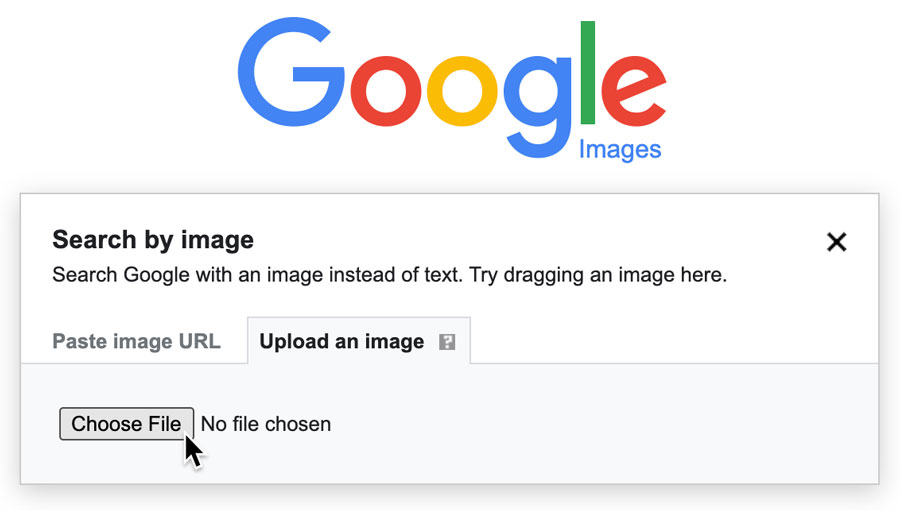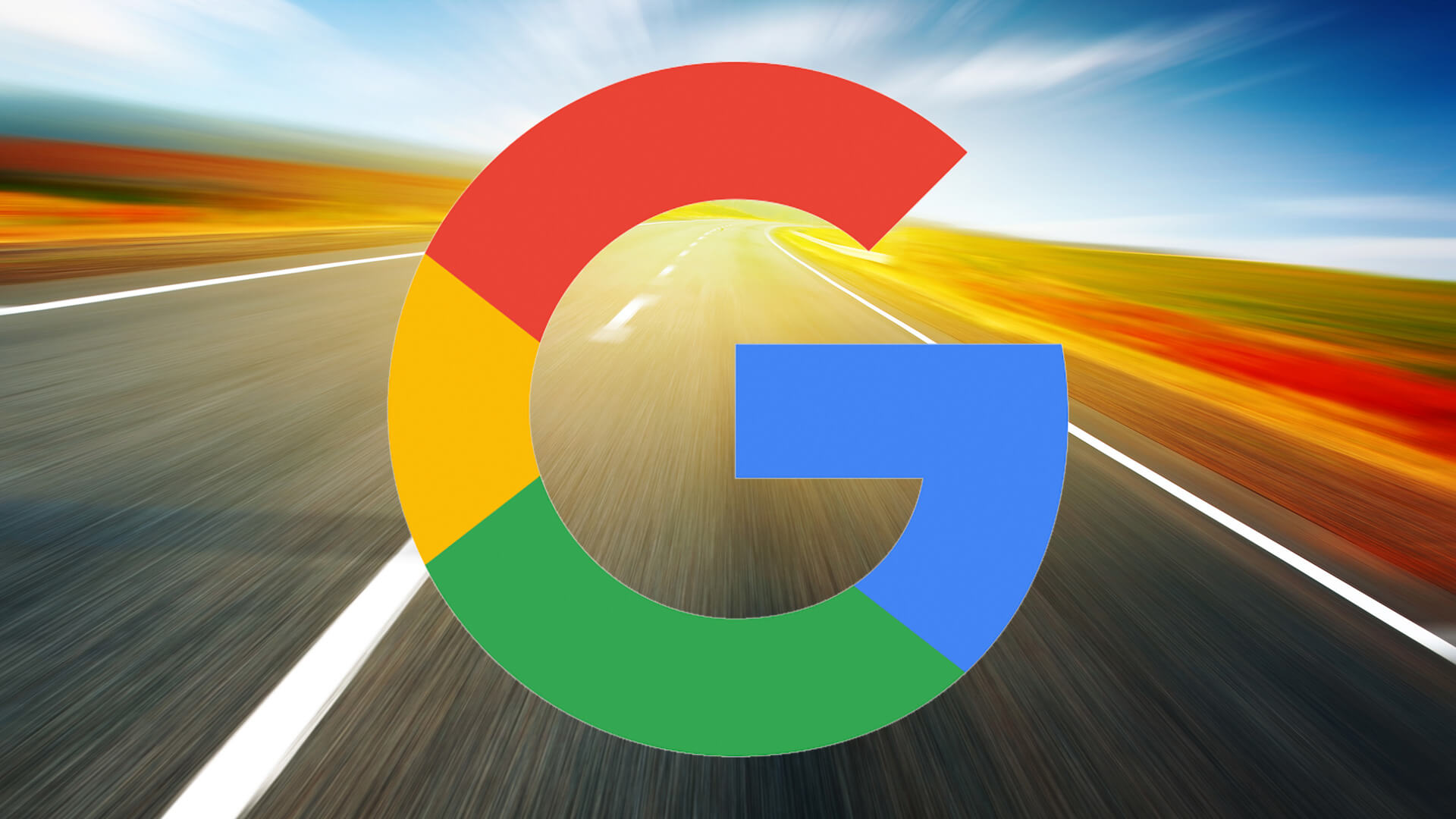


Those are crazy numbers and impressive stats, right?īut, this does not come without a cost. Recent studies show that Google has an 88% share of the market for desktop and mobile searches in the U.S., and there is no sign of this changing.Īt this level of market share, about 70,000 searches being made every second, 5 billion searches every day, and 2 trillion searches per year on Google. Learn about Google Photos’ face grouping retention policy.There is no disagreeing that Google is the most dominant search engine for internet users in most parts of the world. We will store and use your face models, face groups, and face labels until you either delete them or your Google Photos account is inactive for more than two years. To delete your face models, turn off Face grouping. These models may be considered biometric data in some jurisdictions. When face grouping is on, you let us know that you want us to make models of the faces appearing in your photos. This will help your contacts’ Google Photos apps recognize your face in photos, and get suggestions to share photos of you with you. You can choose to label a face group as "Me".Face labels are private to each account and not shared across accounts.Face groups are not shared when you share photos.By default, face groups and labels in your account are only visible to you.This includes photos being taken close together in time and detecting that a person is wearing the same clothing across photos when a face is not visible. When face grouping is on, Google Photos may also include photos in a particular group based on other characteristics. You can also add a name or nickname label to any face group. You can always remove a photo from a face group if you think it's in the wrong group. Photos with very similar faces that are likely to be of the same person are grouped together in a face group.If the face grouping feature is on, algorithms are used to create face models that numerically represent the images of faces, predict the similarity of different images of faces and estimate whether different images represent the same face.We detect whether any photo has a face in it.To turn off face grouping only for photos of pets, turn off Show pets with people.Next to "Group similar faces," click Show more.Learn about Google Photos' face grouping retention policy. Face models used to create those face groups.If you turn off face grouping, you delete: You can stop grouping photos based on faces that appear in your photos. At the top, you can click items like People, Places, or Things. Tip: To find photos without searching, click Explore. Only you can see the private face labels you choose, even if you share those photos. You'll be able to search with that name label using the search box. At the top of a face group, click Add a name.

Tip: To find photos of a person without searching, click Explore People & Pets. You turned face grouping off in settings.The feature is not available in your country.

Important: This feature is not available in all countries, all domains, or all account types. To more easily search and manage your photos, you can apply a label to people or pets that appear in photos grouped by Google Photos.


 0 kommentar(er)
0 kommentar(er)
